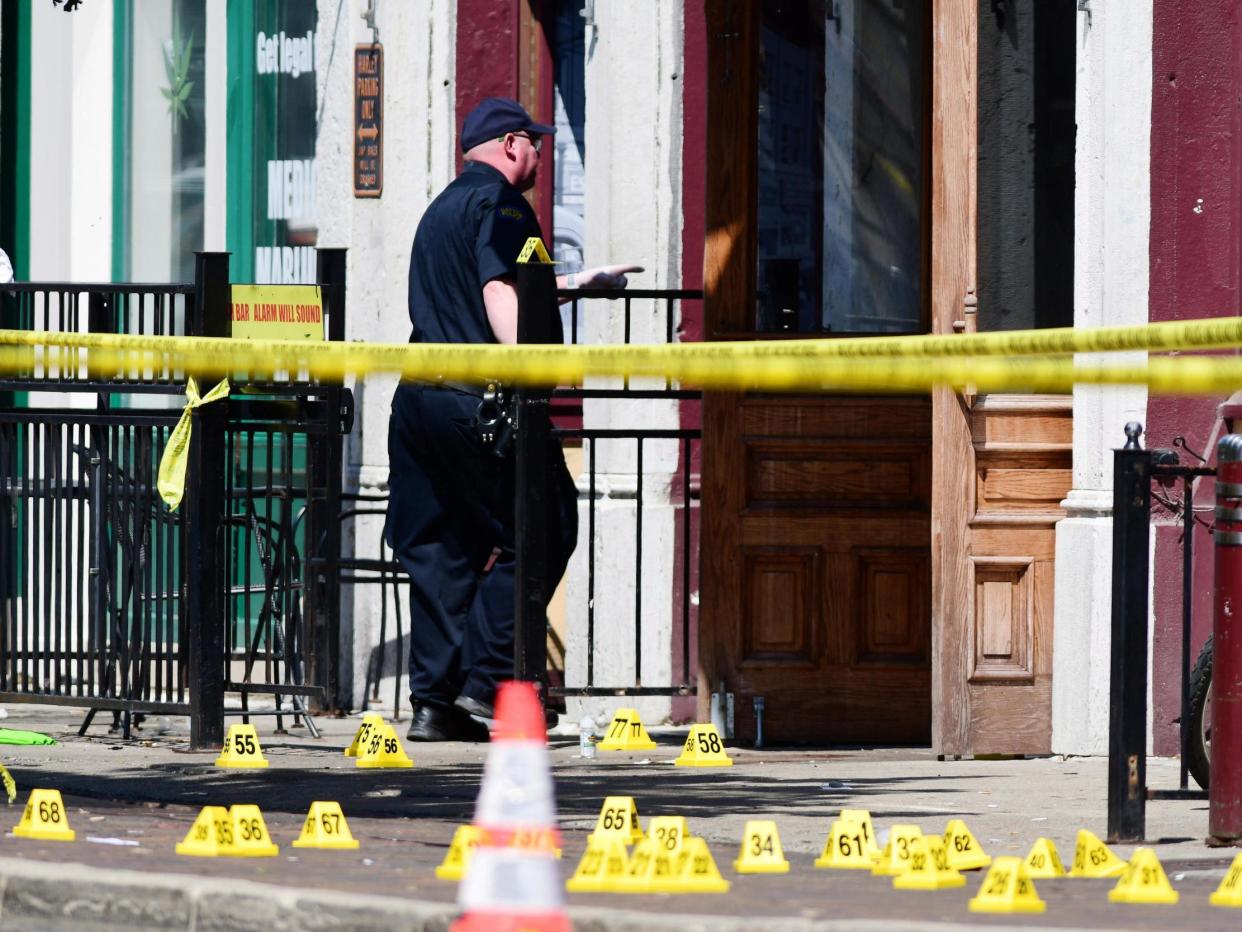Secret Service report finds mass shooters often have history of domestic violence

A Secret Service report has found that people who commit mass shootings often have a history of domestic violence and drug abuse.
The agency’s National Threat Assessment Centre studied 34 mass attacks that took place last year, which they defined as incidents where the attacker harmed themselves and three or more people.
In 2019, 178 people were injured and 108 killed in mass attacks, and the agency’s report found that two-thirds of the people who committed them during 2019 exhibited behaviour that concerned others, according to NBC.
The report read: “Most of the attackers had exhibited behaviour that elicited concern in family members, friends, neighbours, classmates, co-workers and others, and in many cases, those individuals feared for the safety of themselves or others.”
Nearly half of the people who committed the mass attacks in 2019 also possessed guns illegally, and 13 of the 34 attackers had previously committed acts of domestic violence.
One of those attackers was 45-year-old Gary Martin, who killed five people at a factory in Chicago. He had previously assaulted an ex-girlfriend and was subject to a protective order by another former partner.
Substance use was also a common theme among those studied in 2019, and the Secret Service report found that nearly half of them had a history of drug abuse.
The agency’s report also found that a third of the attackers committed the mass attacks as retaliation for incidents that they perceived as wrongs.
This included bullying, being told to leave a shop, arguments with neighbours, a lack of job prospects and the possibility of eviction.
The report is the third from the agency, who in both 2018 and 2019 published their findings about traits in people who had committed mass attacks in the year previous.
The agency’s report in 2019, found that in 2018 nearly all of the people who had committed mass attacks had posted communications online that could be described as threatening or concerning, according to NBC.
In their latest report, the Secret Service found that nearly two-thirds of the people studied had posted threatening or concerning messages prior to the attack.
Additionally, in each report from the last three years, the Secret Service found that around a quarter of the attackers subscribed to extremist views.
Chief of the Threat Assessment Centre, Lina Alathari, wrote in the report that there needs to be more education about the warning signs of attackers, so that members of the public can “intervene and redirect troubling behaviour before violence occurs.”
Read more
US school building new classrooms with places to hide from shooters

 Yahoo News
Yahoo News 
